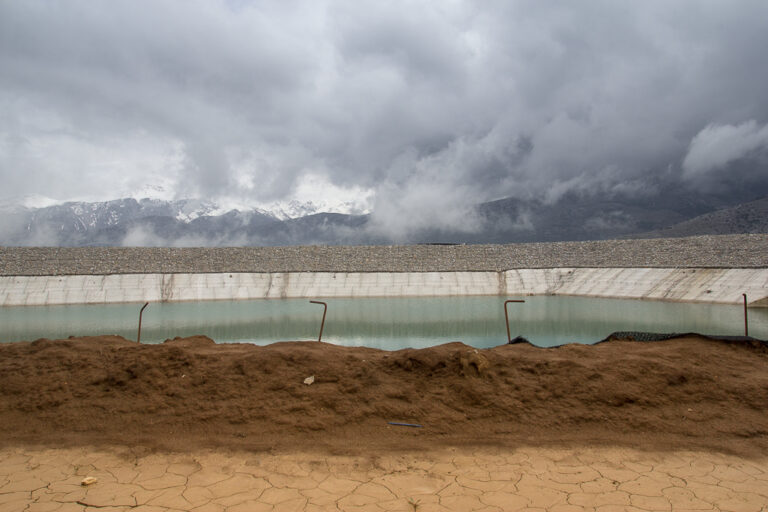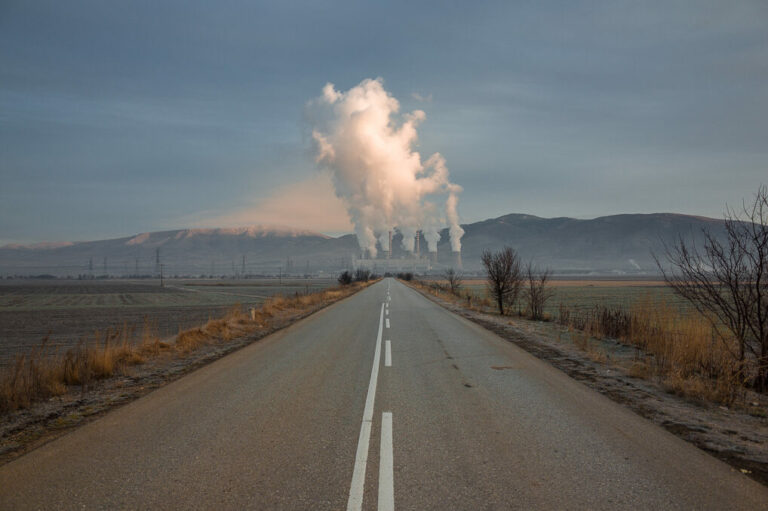George Marazakis is a Greek photographer, he looks at a link between civilization and nature.
He takes pictures of his native Crete during winter where he can achieve the soft light. This effects the viewer in ways which makes it memorable to us, as it allows us to look from different perspectives where we are able to notice different things that are communicated to us. The first glance we notice and admire the aesthetics of the photo, whereas the second glance is more thoughtful, allowing us to reflect and contemplate what humans leave on the surface of earth and landscapes.




George Marazakis captures is photographs, that show the impact the world has on climate change, in subtle ways. The reason for this was because most people would visualise Anthropocene as visual impacts on the environments showing clear destruction happening for example, manufacturing or incinerator buildings with smoke.
His style of photography was capturing landscapes effected by human interactions in the middle of natural spaces.
“If humans are a product of nature, then we can say that we are a disease attacking our own organism, just like an immune system can attack its own body – like autoimmune diseases.”

https://www.lensculture.com/articles/george-marazakis-a-cure-for-anthropocene
I find George Marazakis photographs really interesting and engaging because I like how he subtly describes climate change through the use of his minimal subjects in his photos allowing you to depict what he is trying to communicate and tell you about climate change or environmental changes. For example the photo above depicts a green house with sunlight shining through leaving you to engage with it. I think this is an interesting way for you to engage with the photo, because for some photo’s at first are not obvious that the message is trying to perceive about climate change.
George Marazakis photos are taken in Greece, using the original colours and scenes in his final outcomes. His photographs are never taken in harsh light, as he loves photographing the scenes with heavy clouds and fog, so to achieve this he generally photographs during early morning or late afternoon. I think how he chooses to take photos is interesting because it sets the tone for the photo, making it more obvious of the message he is trying to portray, otherwise without the cloudy, fogy, morning or evening effects you wouldn’t understand the true message.

You should select quotes from article on Lensculture and comment if you agree or disagree with that point of view. Also interview or comments from the artist himself to bring in a different view and interpretation of the work